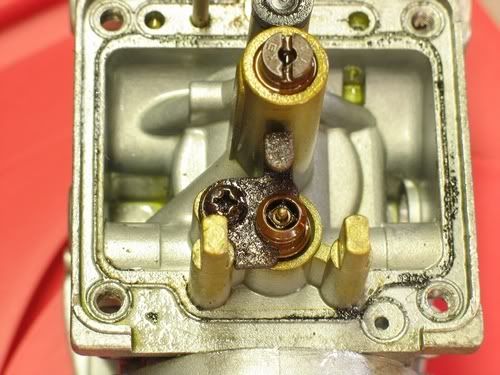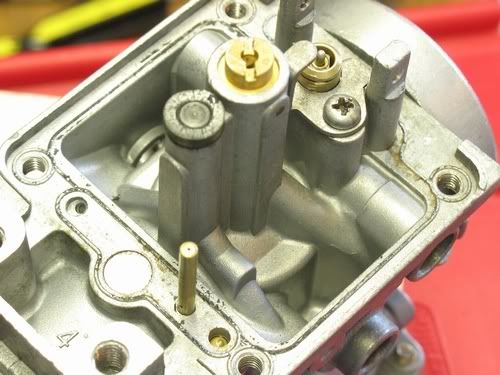Thanks guys for you valued input. I think since I'm only gaining access to the interior of the fuel connecting tubes that I will just leave the connecting tubes in place and save myself the possiblity of having the headaches of fuel leaks later. I know the fuel connection tubes between carbs must be open because I don't seem to have any problems with the system filling all four bowls.
Regarding the fuel filter issue: I read somewhere where it was not recommended that an aftermarket in-line fuel filter be added between the tank and the carbs. The authors reasoning was that there is only one fuel line feeding all four carbs and any possibility of any additional restriction to fuel flow could possibly starve the carbs. I agree that it seems that a lot of junk could still get by the in-tank filter and on into the carbs causing problems and wondered why an in-line filter was never a factory installed item.
I would like to know if any other GS'rs out their have ever experienced any problems with fuel starvation as the result of installing an aftermarket fuel filter. I could understand that happening if the filter were getting dirty and plugged. If they do work it would be a nice addition to have in order to keep the carbs cleaner longer and greatly lengthen the time between carb teardown.
Thanks again guys!! It is sure great to be a part of a group that is just as interested in this as I am. MY WIFE JUST DOESN'T SEEM TO CARE FOR SOME REASON.:-D
.png)





Comment